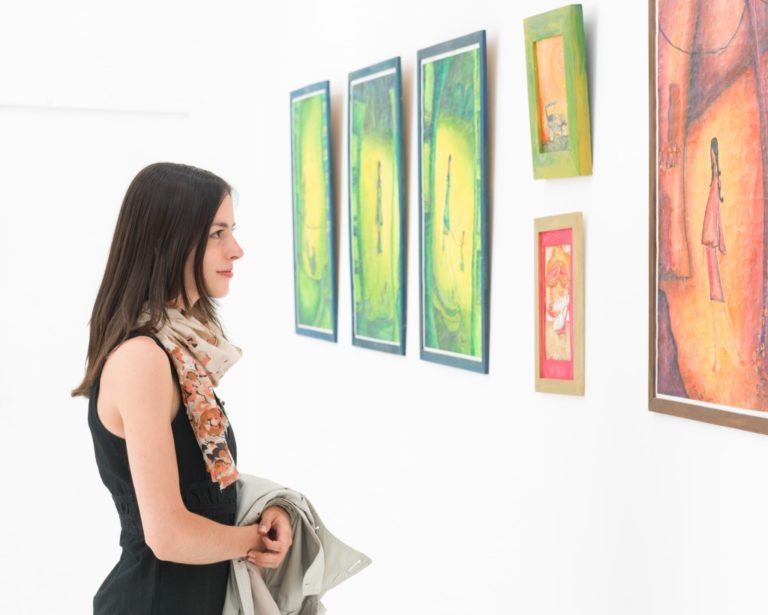• Design thinking is a creative problem-solving process that combines divergent and convergent thinking styles to create solutions.
• Art media such as watercolor art and video interviews can be used to evoke emotion and bring stories alive.
• Nonlinear storytelling structures, interactive elements, and multimedia experiences can help create stories that resonate with audiences.
• Design thinking is a powerful tool for crafting imaginative and meaningful stories.
Design thinking is a powerful tool that can be used to create engaging and immersive stories. By combining creativity, innovation, and problem-solving techniques, design thinking helps bring stories to life in a way that resonates with audiences. Here’s how you can use this approach to make your story “pop”!
Defining Design Thinking
Design thinking is a process of creative problem-solving that combines divergent and convergent thinking styles. It begins with identifying the challenge or goal at hand, followed by brainstorming as many possible solutions as possible.
From there, the most promising ideas are further developed and prototyped before being tested and refined. This iterative process helps ensure that the final product is both creative and effective.
Moreover, design thinking focuses on the user’s experience. It looks at how people interact with a product, service, or system and seeks to create solutions that are tailored to their needs. This makes it especially useful in storytelling, where creating an emotional connection with the audience is critical.

Using the Appropriate Art Media
Design thinking allows you to explore story elements in new and exciting ways. For example, if the story is about a family reunion, one could collect old photographs or videos of past reunions to create an interactive exhibit. These visuals can be used to evoke feelings of nostalgia and build deeper connections with the audience. Here are some examples:
1. Watercolor Art
Beautiful watercolor art can be used to create landscapes, stunning portraits, or even abstract designs. Watercolors can also help bring stories alive with a unique visual flair that adds texture, color, and emotion to the narrative.
2. Video Interviews
Interviews with friends and family can be used to share stories and personal experiences. Video interviews are compelling as they allow viewers to connect with the storyteller on a deeper level. Additionally, these recordings can be easily shared online or incorporated into other multimedia designs.
3. Infographics
For those who enjoy data-driven storytelling, infographics present an excellent opportunity to communicate information in an easy-to-understand format. They can be used to explain complex concepts or visualize data sets visually appealingly. As a result, infographics are an effective tool for drawing the audience into the story.
4. Short Animations
Short animations are a great way to bring stories to life in a fun and interactive way. Animations can be used to present characters or narrate events with unique visuals that viewers can enjoy. Moreover, they’re relatively easy to produce—all you need is essential animation software and creativity!
5. Scrapbooks and Mementos
Scrapbooks are a great way to keep memories alive. They provide an opportunity to collect mementos, photos, and other memorabilia that can be used to tell a story in an engaging way. Additionally, viewers can explore the scrapbook at their own pace, allowing them to create meaningful connections with the narrative.

Making Your Story Pop
Using design thinking in storytelling can help make your story more memorable. Ideas such as nonlinear storytelling, interactive elements, or multimedia experiences can help bring your story to life in ways traditional approaches can’t.
Nonlinear storytelling structures allow you to explore multiple perspectives or time frames in a single narrative, while interactive elements enable readers to engage directly with the content. Multimedia experiences let you combine visual details like images, videos, or animations with text in order to create an immersive experience for your audience.
All of these ideas can be combined using design thinking principles in order to craft a unique and captivating story that will resonate with readers on both an emotional and intellectual level. Without design thinking, stories can quickly become one-dimensional and dull. But with it, you’ll be able to craft engaging stories that will have a lasting impact on your audiences.
Design thinking is a potent tool for crafting stories that capture people’s imaginations. Combining creativity with problem-solving techniques allows you to create impactful stories that stand out from the crowd. Whether it’s through nonlinear storytelling structures, interactive elements, or multimedia experiences—using design thinking will help make your story “pop.” So if you have an idea for a story but don’t know where to start—think design. You won’t regret it.













